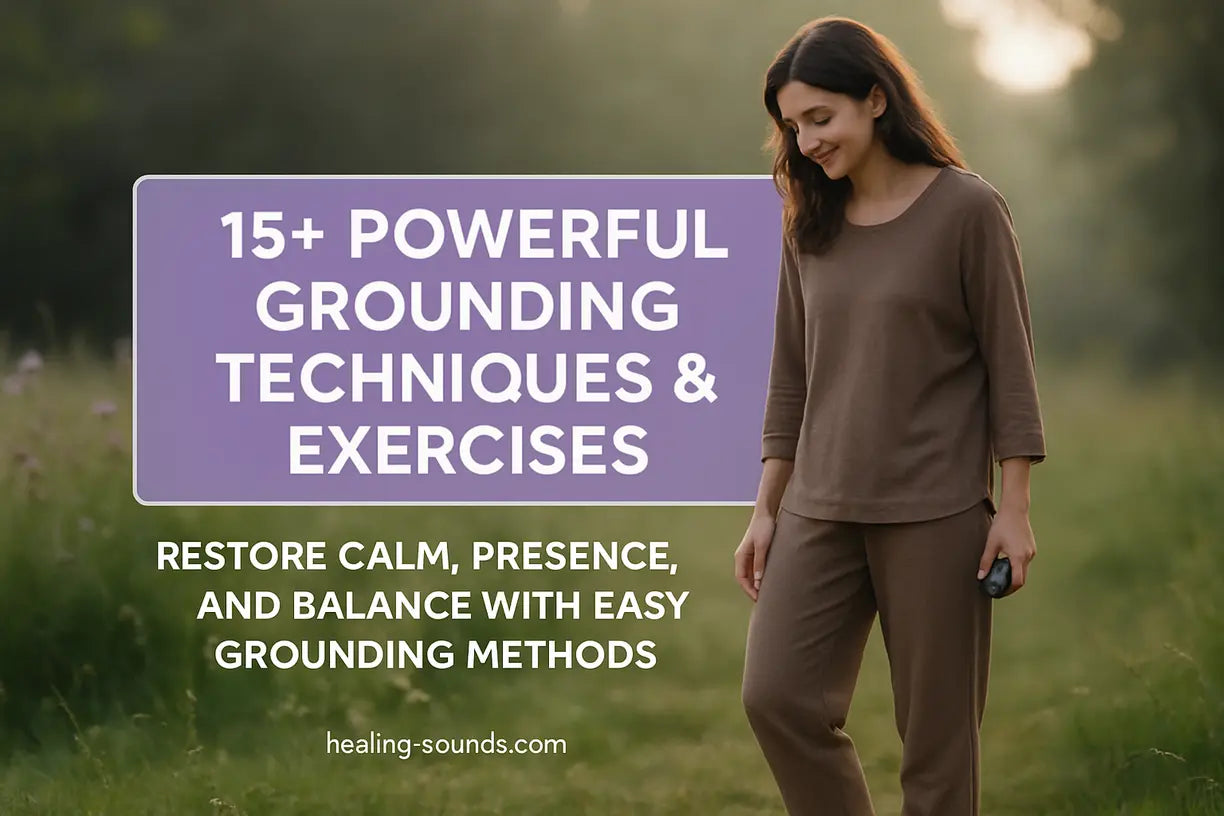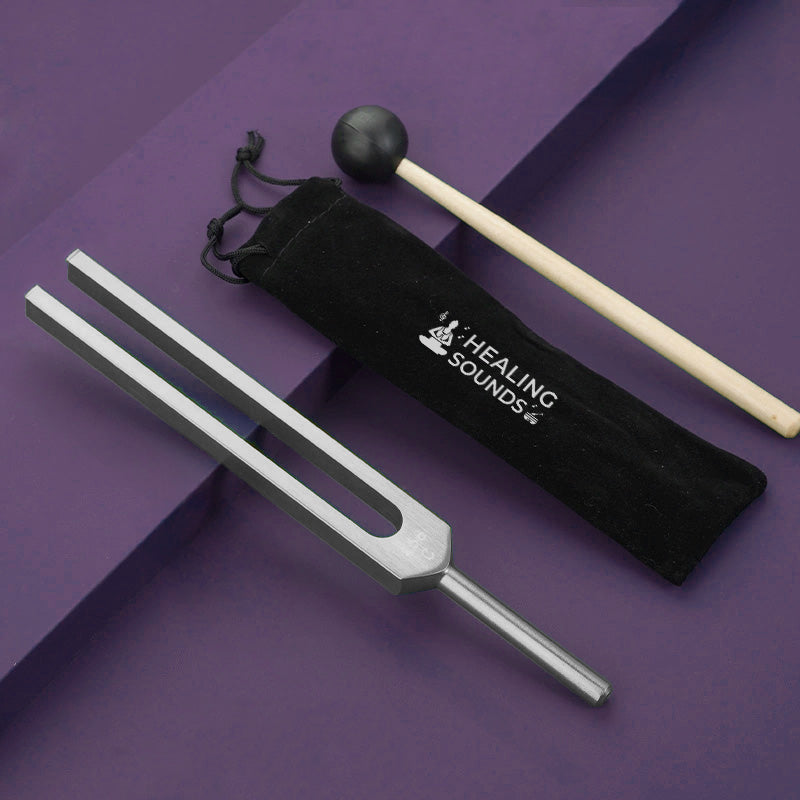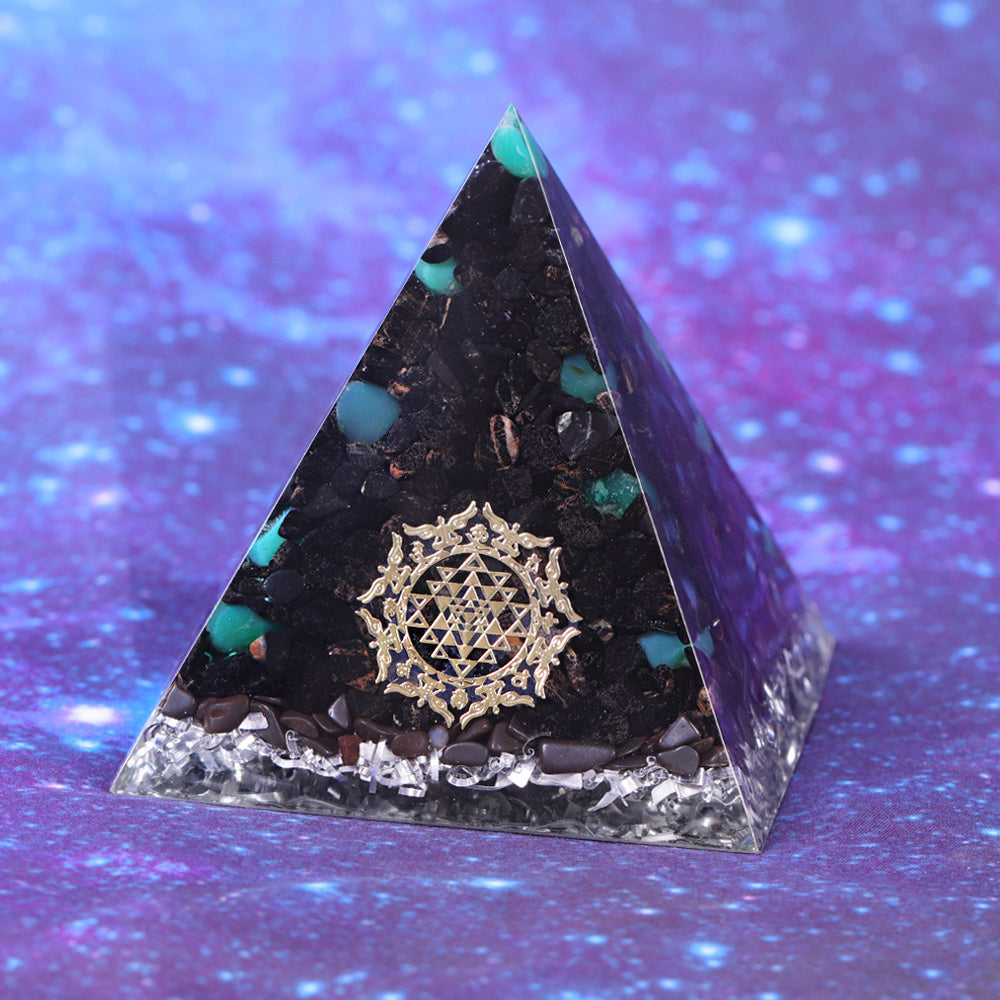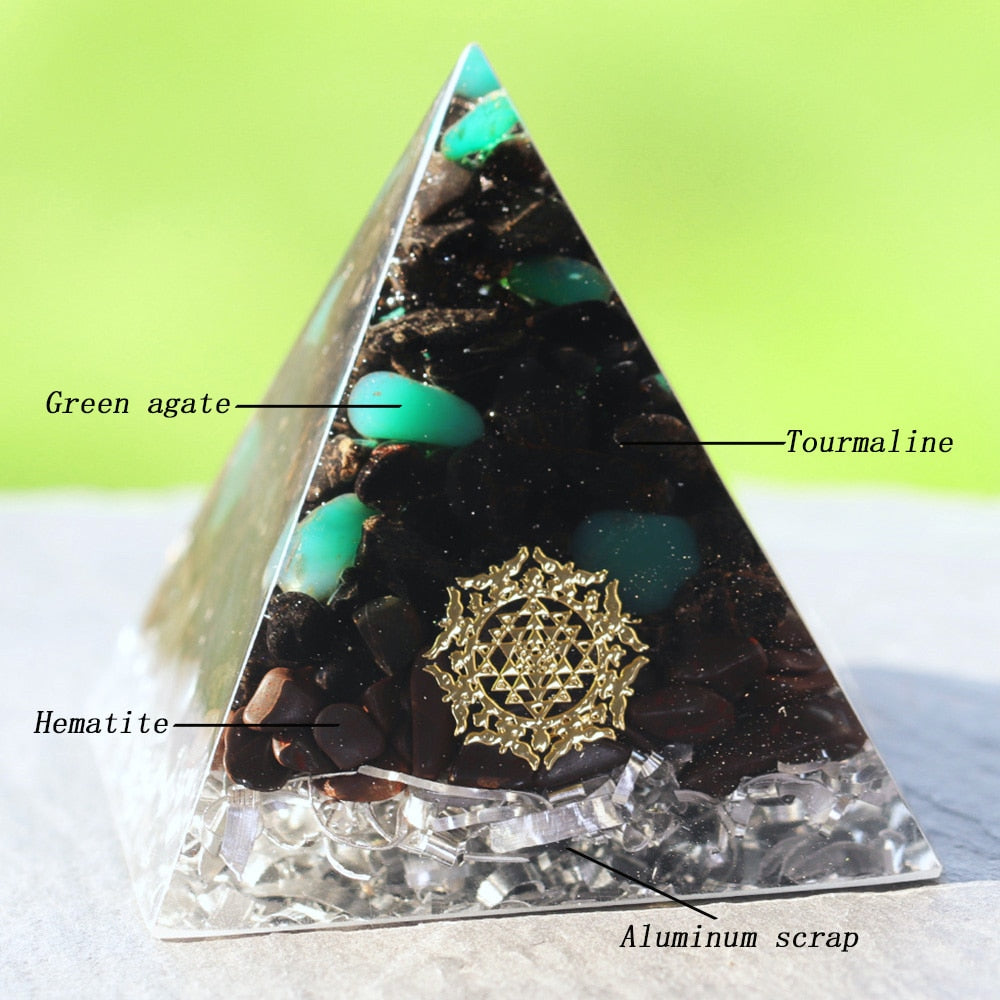Do you ever feel like you're caught in a whirlwind of thoughts, worries, and to-do lists? In our fast-paced world, it's easy to become disconnected from the present moment, leaving us feeling anxious, scattered, and overwhelmed. The key to finding your calm isn't about stopping the storm, but learning how to anchor yourself within it. This is where powerful grounding techniques come in, offering simple, accessible ways to pull your energy back to the here and now, fostering a sense of stability and peace.
If you're seeking practical tools to manage stress and deepen your mindfulness, you've come to the right place. This guide will walk you through more than 15 effective grounding exercises designed to reconnect your mind and body. From sensory methods you can do anywhere to physical practices that root you to the earth, you'll discover a variety of techniques to find your center, whenever you need it most.

What Are Grounding Techniques?
Grounding techniques are coping strategies that help you reconnect with the present moment and anchor yourself when you feel overwhelmed, anxious, or dissociated. They work by turning your focus away from distressing thoughts or emotions and toward your immediate physical reality and senses. Think of it as an emotional and mental reset button. By engaging your senses or connecting with your body, you interrupt the cycle of worry or panic and create a space of calm and stability.
These methods are a cornerstone of mindfulness and are often recommended by therapists to manage symptoms of anxiety, PTSD, and stress. The goal isn't to ignore or suppress your feelings, but to manage them from a place of centered awareness. Whether you have 30 seconds or 10 minutes, there's a grounding technique that can help you find your footing.
Mental Grounding Exercises: Reclaim Your Focus
When your mind is racing, mental grounding exercises can help you cut through the noise. These techniques use cognitive focus to anchor you in the present, pulling you out of future worries or past regrets.
1. The 5-4-3-2-1 Sensory Method
This is one of the most well-known and effective techniques for grounding because it actively engages all five of your senses. It forces your brain to concentrate on your immediate environment. Here's how to do it:
- 5: Acknowledge FIVE things you can see around you. It could be a pen, a spot on the ceiling, or a tree outside the window.
- 4: Acknowledge FOUR things you can touch. Feel the texture of your clothing, the smooth surface of a table, or the weight of your phone in your hand.
- 3: Acknowledge THREE things you can hear. This could be the hum of a computer, the sound of your own breathing, or birds chirping outside.
- 2: Acknowledge TWO things you can smell. Maybe it's the aroma of your coffee or the faint scent of soap on your skin.
- 1: Acknowledge ONE thing you can taste. Take a sip of water, notice the current taste in your mouth, or pop a mint.
2. The "Categories" Game
This simple mental task redirects your focus. Pick a category, like "types of animals," "fruits," "colors," or "cities." Try to list as many items in that category as you can, either out loud or in your head. The goal is to occupy your mind with a neutral task, making it harder for anxious thoughts to take over.
3. Detailed Description
Choose any object in your vicinity—a plant, a photo frame, a coffee mug. Study it as if you’ve never seen it before. Describe it to yourself in immense detail. Notice its colors, shapes, textures, size, and any imperfections. This intense focus on a single object is a powerful anchor to the here and now.
4. Recite Something by Heart
Engage your memory by reciting something you know well. This could be the lyrics to your favorite song, a poem you learned in school, a meaningful prayer, or a mantra. The rhythm and familiarity can be incredibly soothing and centering.
Physical Grounding Methods: Connect with Your Body & The Earth
Physical grounding exercises use your body and its connection to the world around you as an anchor. These methods are especially helpful when you feel detached or "floaty."

5. Barefoot on the Earth (Earthing)
One of the most powerful physical grounding methods is to make direct contact with the ground. Take off your shoes and socks and stand on grass, dirt, or sand. Feel the texture and temperature of the earth beneath your feet. Research suggests that this practice, known as "earthing," may have health benefits, including reducing inflammation and improving sleep. Focus on the sensation of being supported and held by the planet.
6. Feel Your Feet Firmly on the Floor
You can do this anywhere, anytime. Whether you're sitting or standing, press your feet firmly into the ground. Notice the pressure and the connection. Wiggle your toes. Feel the stability of the floor beneath you, supporting your entire body. This simple act reminds you that you are safe and supported.
7. Run Your Hands Under Water
Go to a sink and run cool or warm water over your hands. Pay close attention to the sensation—the temperature of the water, the pressure against your skin. This simple sensory experience can quickly pull you back into your body.
8. Progressive Muscle Relaxation (PMR)
This technique involves tensing and then relaxing different muscle groups. Start with your toes, curling them tightly for five seconds, and then release the tension. Move up to your calves, thighs, abdomen, arms, and face, tensing and releasing each group. This process highlights the contrast between tension and relaxation, helping to release physical stress and increase body awareness.
Sensory & Vibrational Grounding: Tune Into the Present
These techniques use sound, scent, and touch to center your awareness and soothe your nervous system. They are wonderful for creating a dedicated grounding ritual.
9. Sound Bathing & Tuning Forks
Sound is a powerful tool for shifting your state of being. Specific frequencies can help calm the mind and balance your energy. Using a tuning fork designed for grounding can create a deeply resonant vibration that you can feel through your body.
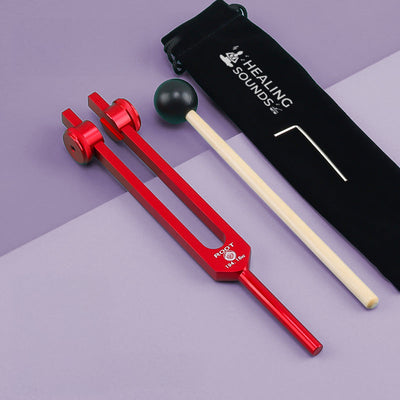
194.18 Hz Tuning Fork - Synodic Day - Root Chakra
$39.90 $59.90
Deepen your grounding practice and root chakra balance with this precision 194.18Hz tuning fork, perfect for daily stability.
Explore Product10. Mindful Drinking or Eating
Prepare a warm, comforting drink like herbal tea or a small snack like a piece of dark chocolate. Instead of consuming it automatically, engage all your senses. Notice the color, the aroma, the warmth of the mug, and the flavor as you take a slow sip or bite. This turns a simple act into a profoundly grounding meditation.
11. Use Grounding Scents
Aromatherapy can instantly shift your mood and ground your energy. Earthy and woody scents like sandalwood, cedarwood, frankincense, and vetiver are known for their grounding properties. Use an essential oil diffuser, place a drop on a terracotta pendant, or simply inhale from the bottle.
Using Tools to Enhance Your Practice
Sometimes, a physical object can serve as a powerful anchor for your attention. These tools can be integrated into any grounding practice to deepen your focus and connection.

12. Hold a Grounding Stone or Crystal
Holding a smooth stone or a grounding crystal like hematite, black tourmaline, or smoky quartz can be very centering. Focus on its physical properties: its weight in your palm, its cool and smooth surface, and its solid presence. It acts as a tangible link to the earth's energy.
13. Trace a Labyrinth with Your Finger
A small, handheld labyrinth or even a drawing of one can be a meditative tool. Tracing the winding path to the center and back out with your finger requires focus and can quiet a busy mind.
14. Wear a Grounding Reminder
Wearing jewelry made from grounding stones or simply choosing a specific bracelet or ring to serve as your "grounding anchor" can be a helpful, all-day reminder. Whenever you feel anxious, you can touch the item to reconnect with your intention to stay present.
15. Create a Grounding Altar or Space
Designate a small space in your home for grounding. Place objects there that represent stability and peace to you, such as crystals, an orgone pyramid to clear energy, a candle, or images of nature. Simply sitting in this space can help signal to your nervous system that it's time to calm down.
Support Your Practice with These Grounding Tools

Hematite Agate Bracelet Set for Protection and Balance
$39.99
$49.99
Wear this hematite and agate bracelet set to stay grounded, protected, and focused throughout your grounding exercises. Learn more ➔
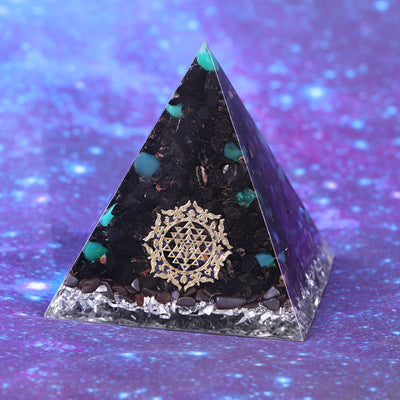
Crystal Protector Orgone Pyramid with Black Tourmaline
$59.99
$79.99
Infuse your meditation space with grounding energy using this powerful orgone pyramid made with black tourmaline and hematite. Learn more ➔
Integrating Grounding Into Your Daily Life
The true power of grounding techniques unfolds when they become a consistent part of your wellness routine, not just a reaction to a crisis. Building these small habits can create a more resilient and centered baseline for your nervous system. For more information on habit formation, you can explore resources from the American Psychological Association.
- Morning Moment: Before you check your phone, stand barefoot in your home and take three deep breaths, feeling your feet on the floor.
- Workday Reset: Set a timer for every hour to stand up, stretch, and do a quick 30-second body scan.
- Commute Companion: While waiting in traffic or on a train, practice the "Categories" game to keep your mind calm.
- Evening Wind-Down: Use a grounding scent or hold a calming crystal for a few minutes before bed to release the day's stress.
Find Your Anchor in the Storm
Feeling ungrounded is a natural part of the human experience, but you don't have to stay adrift. With these 15+ grounding techniques and exercises, you now have a comprehensive toolkit to anchor yourself in the present moment, calm your anxiety, and cultivate a deep sense of balance. The key is to experiment and find what works best for you.
Start small. Choose one technique from this list and try it today. The more you practice, the easier it will become to find your way back to your center, transforming grounding from a simple exercise into a way of life. At Healing Sounds, we believe in empowering you with the tools you need to harmonize your mind, body, and spirit.
Frequently Asked Questions about Grounding Techniques
The "5 things" technique is part of the broader 5-4-3-2-1 grounding method. It's the first step, where you consciously pause and identify five distinct things you can see in your immediate environment. The purpose is to pull your focus out of an anxious thought loop and into the present reality by engaging your sense of sight.
Spending 30 minutes grounding, especially through physical contact with the earth (earthing), can have profound effects. It can significantly calm the nervous system, reduce stress and anxiety, lower cortisol levels, and decrease inflammation. This extended time allows your body and mind to fully shift from a state of stress ("fight or flight") to a state of rest and relaxation.
For immediate grounding, use a strong sensory or physical anchor. Try one of these: press your feet hard into the floor and feel the solid connection, hold a piece of ice in your hand and focus on the intense cold, or perform a rapid 5-4-3-2-1 technique by quickly naming one thing for each sense. The goal is a sharp, immediate shift in focus.
The 5-4-3-2-1 grounding technique is a sensory awareness exercise used to manage anxiety and dissociation. It involves sequentially identifying: 5 things you can see, 4 things you can feel, 3 things you can hear, 2 things you can smell, and 1 thing you can taste. It systematically walks you through your senses to anchor you firmly in the present moment.
Excellent grounding techniques for anxiety include the 5-4-3-2-1 method, deep belly breathing (counting breaths), progressive muscle relaxation, and walking barefoot on grass (earthing). Any technique that forces your mind to focus on physical sensations or the immediate environment will effectively interrupt anxious thought patterns and calm your nervous system.

